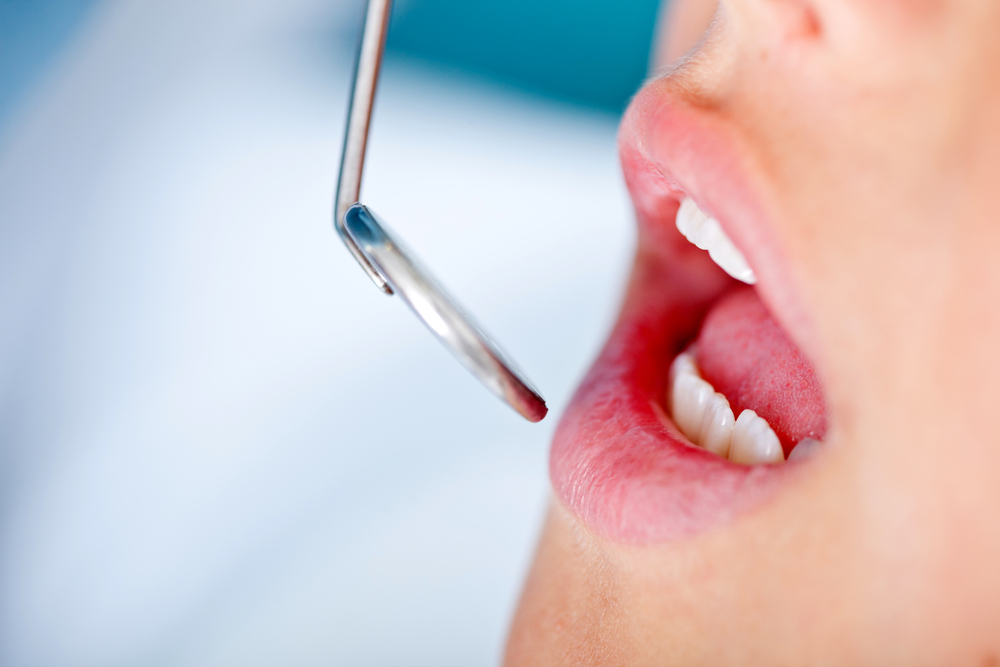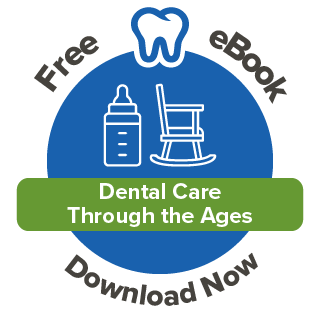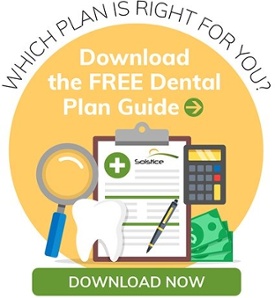By Alissa Gavrilescu on Jun 21, 2021 @ 09:00 AM
Work, school, and just life in general can make you forget about your dental hygiene routine. As soon as you notice your swollen gums, you might think it's a food allergy. But then your gums bleed while you brush. This is a red flag that you likely have gingivitis.
Gingivitis can develop between dental checkups - but there's good news: switching up your dental routine can reverse gingivitis.
What is Gingivitis?
Gingivitis –a common form of gum disease – causes swollen, bleeding and inflamed gum tissue. Over time, it can lead to the loss of gum tissue and the decay of the tooth's bone. While gingivitis does not mean tooth loss, if you ignore these symptoms, you are putting your smile at risk for periodontal disease - which not only impacts your teeth but also has an effect on your overall health.
If you smoke, have diabetes, take certain medications or are pregnant, you may have a higher risk for gingivitis so you’ll need to take extra care to keep gum disease at bay.
I think I have Gingivitis: What Next?
Once you’ve seen signs of gingivitis, it’s time to step up your oral health routine. You can help keep gingivitis from progressing by:
- Visiting your dentist. Regular cleanings are key to keeping gum disease at bay.
- Your dentist may suggest a deep cleaning.
- Brush and floss regularly. Did you know: The way you brush your teeth impacts the safety of your oral health.
- Antibiotics – mouthwashes, pills, and oral treatments can help treat this form of gum disease.
Is There a Cure for Gingivitis?
Fortunately, gingivitis is treatable in the dental office and at home. Brushing, flossing, and rinsing your mouth at least twice a day reduces gingivitis. Be sure to visit your dentist regularly for check-ups and cleanings. Want to ramp up your oral health routine? Here are few extra steps you can take to care for your smile:
- Rinse your mouth with warm water after heavy snacks and meals. Pastries, sugar, beans, meat, bread and other heavy foods stick to the gums and hide in hard to reach places.
- Use mouthwash to push out hidden food particles.
- Consider a water flosser to achieve that "after the dental office" clean feeling.
- Rinse with salt water.
- A toothbrush that has the appropriate bristle texture cleans your teeth without damaging the gum lining.
- Replace your toothbrush to prevent the existence of germs going back into the mouth. Throw away brushes with bent bristles because they erode tooth enamel.
With proper home care and regular dental visits, you can keep gingivitis away and even prevent it from progressing into more severe forms of gum disease. To learn more about your mouth, check out our FREE Anatomy of The Tooth Infographic below!





comments